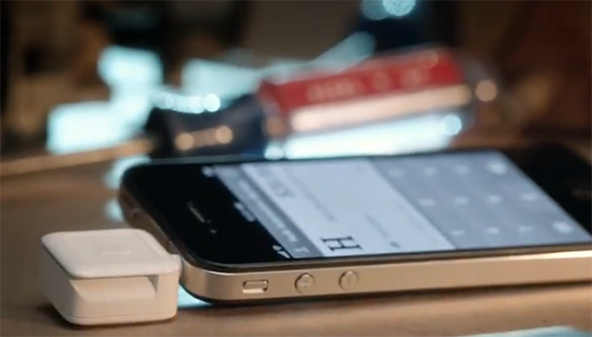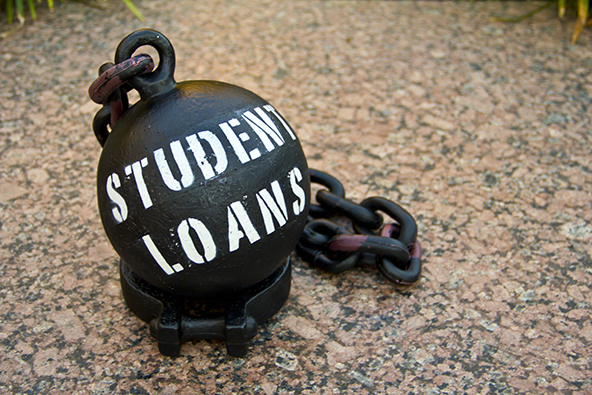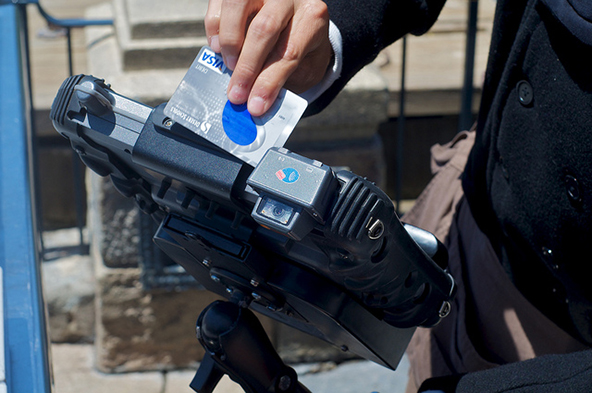GroupOn to Take a Big Swipe at Square

I’ve been anticipating it for quite some time and it seems that my wait may soon be over. VentureBeat’s Rocky Agrawal tells us that GroupOn is about to launch a Square-like service. So what’s the big deal, you may ask; Square knock-offs are popping up all over the place (even in crisis-hit Europe) all the time. Well, that is correct, however every single one of the Square look-alikes that have been launched so far have been happy to just copy Jack Dorsey’s pricing model and hope for the best and that is true even for PayPal. You may argue that Intuit GoPayment’s pricing is quite different from Square’s and more advantageous to users, but such an argument doesn’t stand up under closer examination.
GroupOn’s plan of attack on Square, on the other hand, would be easily the most aggressive one to date. If Agrawal’s story turns out to be accurate, GroupOn would be offering not just free card readers, but free iPods and, crucially, much lower fees. Now, even if the real-life version of the service turns out to bear little resemblance to Agrawal’s description, there is no doubt in my mind that someone else would be offering something very similar sometime soon. It is inevitable, because Square’s fee structure is only good for processors of small-volume and / or small-ticket transactions. The higher-volume, higher-transaction-amount Square users have signed up for the service because there is no monthly or annual fee and because of the lack of worthy mobile payment alternatives. GroupOn may turn out to be just that.
What Is GroupOn up To
So here is the gist of Agrawal’s story:
The pricing is extremely aggressive, with a 1.8% transaction fee and a 15 cent per transaction charge for transactions processed through the terminal. Square charges 2.75% with no per transaction fee. PayPal Here and Verifone Sail charge 2.7%, also with no transaction fee. Groupon is charging 2.3% for AmEx transactions [update: a groupon insider tells me the AmEx pricing is 2.7, not 2.3]. Square and PayPal don’t charge extra, and Sail charges 3.7% for AmEx.
Unlike the other players, Groupon is offering an iPod Touch and card reader to merchants free of charge. (The others provide only the readers for free – that’s Square’s reader pictured above.)
So the difference is that GroupOn would charge a per-transaction fee, which Square and the Square look-alikes don’t do. Let’s examine what that means.
GroupOn vs. Square
Agrawal reminds us that the per-transaction fee does make a difference in “extremely low dollar transactions, such as the $4.34 I spend to buy an empanada at El Porteno.” As it happens, I’ve done the math some time ago and it tells us that:
Square is losing money on transactions below a certain threshold that varies by card type. For regular Visa and MasterCard credit cards, the threshold is about $8.50, give or take, and it is higher for special card types, such as rewards, commercial, business-to-business, etc. Square’s break-even threshold is lower for debit card transactions, but once the interchange limit goes into effect in October, that one too will rise above the one for regular credit cards.
So small-ticket merchants would still be better off using Square, but most would find GroupOn’s pricing much more advantageous. Then there would be those who would want to get the best of both worlds. As Agrawal has it:
A crafty merchant looking to minimize fees could also put high dollar transactions on Groupon and run the $5 transactions on Square. That would be good for Groupon and bad for Square.
In fact, users can open up card acceptance accounts with as many Square look-alikes as they please, because there is no monthly fee. They only pay per-transaction fees and nothing else.
The Takeaway
The GroupOn rumor, whether based on fact or fiction, constitutes a teachable moment. It demonstrates the limits of the Square pricing model. Square set out to enable everyone to accept credit and debit cards, whether they need to or not. To that end, they got rid of all fixed monthly and annual fees that traditional payment processors typically charge to their business clients. That was mandatory, if they were to achieve any meaningful scale.
But then Square also got rid of the 15-cent per-transaction fee it charged when it first launched its service. That was an inexplicable decision and its consequences are now coming back to haunt the processor. I don’t think it made Square’s value proposition any more irresistible to its potential users, even to small-ticket merchants, who were the only ones who benefited from the decision. None of its competitors had adopted such a fee structure at the time (although most of them felt forced to adopt it afterwards); it was purely a proactive move on Jack Dorsey’s part. However, while there was no obvious upside gained from the pricing change, its direct consequence was that it made the processing of small-ticket transactions a money-losing proposition.
And now we have the Agrawal story. GroupOn’s reported pricing model — 1.8 percent plus $0.15 per transaction — is a much better deal than Square’s for the vast majority of merchants. The problem for Square is that it cannot match the percentage component of GroupOn’s rate, without reintroducing the fixed one. But if they did that, the merchants that will be affected by such a change will certainly not like the new arrangement and may push back hard against it, quickly turning the situation into a PR disaster. It may or may not happen, but there was no need for Square to come even close to such a possibility.
Image credit: YouTube / Square.



I would switch to GroupOn in a heartbeat, if they can prove that their service is as reliable as Square’s. I like Square, but my average transaction size is about $250, so it’s the percentage that makes a difference to me, not the 15 cents.
I think a lot of people would sign up just to get the free iPod, which is probably what GroupOn counts on. Then GroupOn will have to convince them that actually using this iPod for accepting payments is a good idea and the lower pricing is a good way to start.
Everyone is now in the credit card processing game and that’s good. Rates have been going down and are still falling and now the freebies are coming. Who wouldn’t want to get the free iPod when there is no obligation to do anything in return.
The 1.8% rate is real good, but where GroupOn can really improve on Square is the customer service area. Square has been known for a terrible customer service, so that shouldn’t be all that difficult.
I’ve been using Square for more than 2 years and haven’t had any issues with it. I keep hearing horror stories about there customer service but am here to tell you that they are simply not true.
Well, my experience has been the exact opposite. Square has held my funds for over a month. I have sent them several emails with no response and have called them even more times, again with no response. Square is a big fraud and I will never use them again. That said, I’m not excited about GroupOn and will wait to see how their service will turn out.
I wonder if all these Square haters have ever actually used the service. I have and I can tell you that it works just fine. Everything is disclosed in their T&C and there are no nasty surprises. If you play by the rules, you get your money quickly and there aren’t any hidden charges.
As other commenters, I would sign up to get the iPod even though I don’t really need the service.
Square is great, I use it for all of my craft shows and have never had a problem. When I first started using them it would take a 3-4 days to get my money into my bank account but now I get it on the following day. So I wouldn’t go with anyone else until they prove that they can do it at least as well.